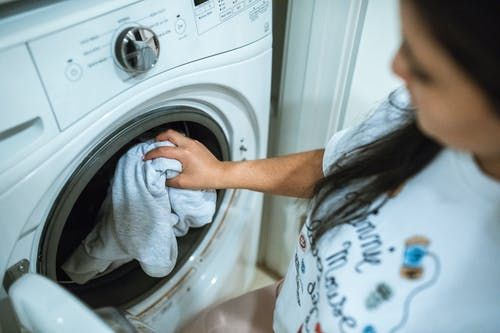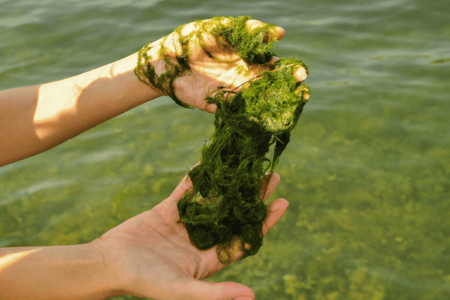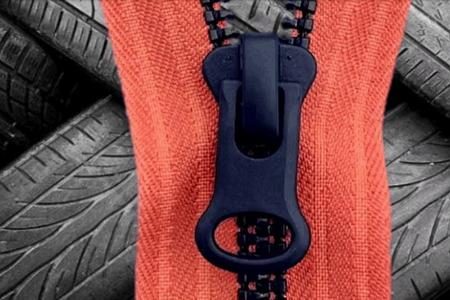
Researchers convert lint-microfibers from clothes dryers into green energy
YarnsandFibers News Bureau 2021-06-16 11:03:54 – LithuaniaA group of researchers from Kaunas University of Technology, Lithuania, and the Lithuanian Electricity Institute devised a method for turning lint-microfibers present in clothes dryers into energy. They not only built a pilot pyrolysis plant but also created a mathematical model to assess the technology's potential economic and environmental effects.
Researchers predict that converting 1 million people's lint microfibers may provide about 14 tonnes of oil, 21.5 tonnes of gas, and approximately 10 tonnes of char.
Every year, the world's population uses over 80 billion items of clothing, with €140 million worth of them ending up in landfills. This is accompanied by a huge number of emissions, which have a negative impact on the environment as well as human health.
Reduced washing effect is one approach to decrease the environmental effect of clothing use. Around 300 mg of microfibre is produced from 1 kg of cloth during the machine-washing process.
Senior researcher at Kaunas University of Technology (KTU), Faculty of Mechanical Engineering and Design, Dr. Samy Yousef said microplastics are made up of lint-microfibers. Microplastic, which is made up of small plastic fragments with a diameter of less than 5 mm, is more difficult to sort out and recycle than big plastic products. Microplastic in large amounts is flushed down our drains and into our oceans, endangering the ecosystem.
Dr. Yousef is the leader of an inter-institutional team that discovered an environmentally acceptable method of extracting energy from textile waste. Lint-microfibers were obtained from the filters of drying machines in the KTU dorms for the experiment. Because the dormitory inhabitants originate from many civilizations in Europe, Africa, Asia, and America, the samples gathered were very diverse.
The scientists were able to extract three energy products - oil, gas, and char - from the collected lint-microfiber batches using a prototype pyrolysis unit developed at the Lithuanian Energy Institute's laboratories. The lint-microfibers break down into energy products with a 70% conversion rate when thermally treated.
Dr. Yousef said that when we think of textile waste, we generally think of lengthy, crystallized fabrics that have been polluted with color and grime. To convert solid waste into liquid, a lot of energy is required. Lint-microfiber, on the other hand, is a 'broken fiber’ textile waste with a consistent size and shape, a high content of combustible compounds (resulted in cotton and polyester components), and a simple transformation.
Researchers also created a mathematical model based on 1 million people's lint-microfibers to evaluate the recommended strategy's economic and environmental effectiveness. The study shows that, if implemented on a large scale, the strategy is both profitable and environmentally friendly: the energy generated by 1 million people generated around €100 thousand in profit and reduced carbon footprint by 42,039,000kg CO2-eq/t of lint-microfibers.
Dr. Yousef said based on their findings, he believes a collecting mechanism similar to deposit-return for drink containers might be established. A family would bring the lint-microfiber from their dryer filters to a collecting location and get paid for it. They suggested the technique and performed estimates that might be further developed.
According to research, lint-microfibers can be regarded as a renewable energy source that assures sustainability and speeds the textile industry's overall transition to a circular economy.
Dr. Yousef and his research team have created various green/eco-friendly methods to recover cotton, glucose, and energy products from textile waste and end-of-life euro banknotes utilizing mechanical, thermal, chemical, and biological processes, in addition to the work mentioned above.
Market Intelligence
Ask for free sample Report

experience
Customer Base
dedicated team
Countries Served Worldwide









